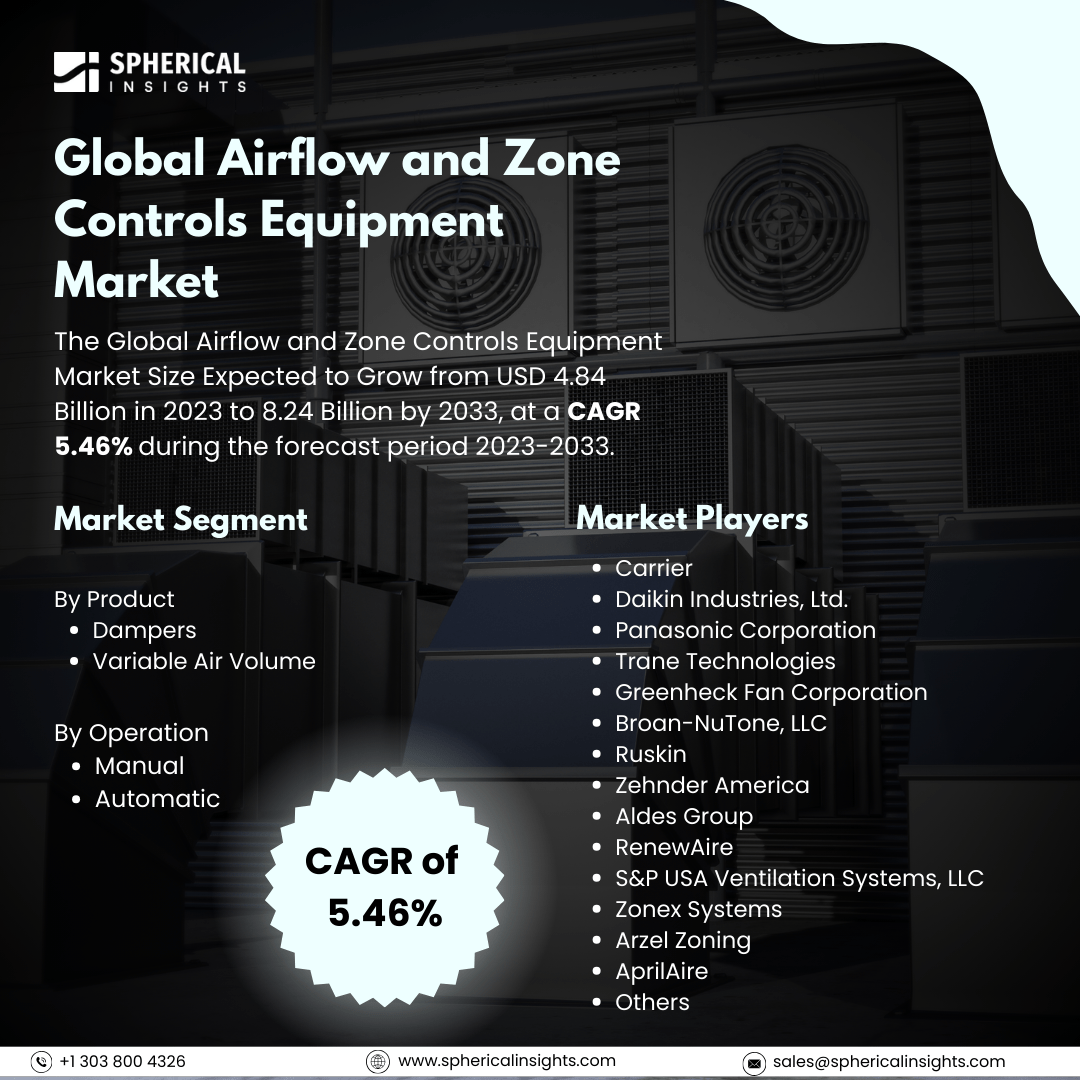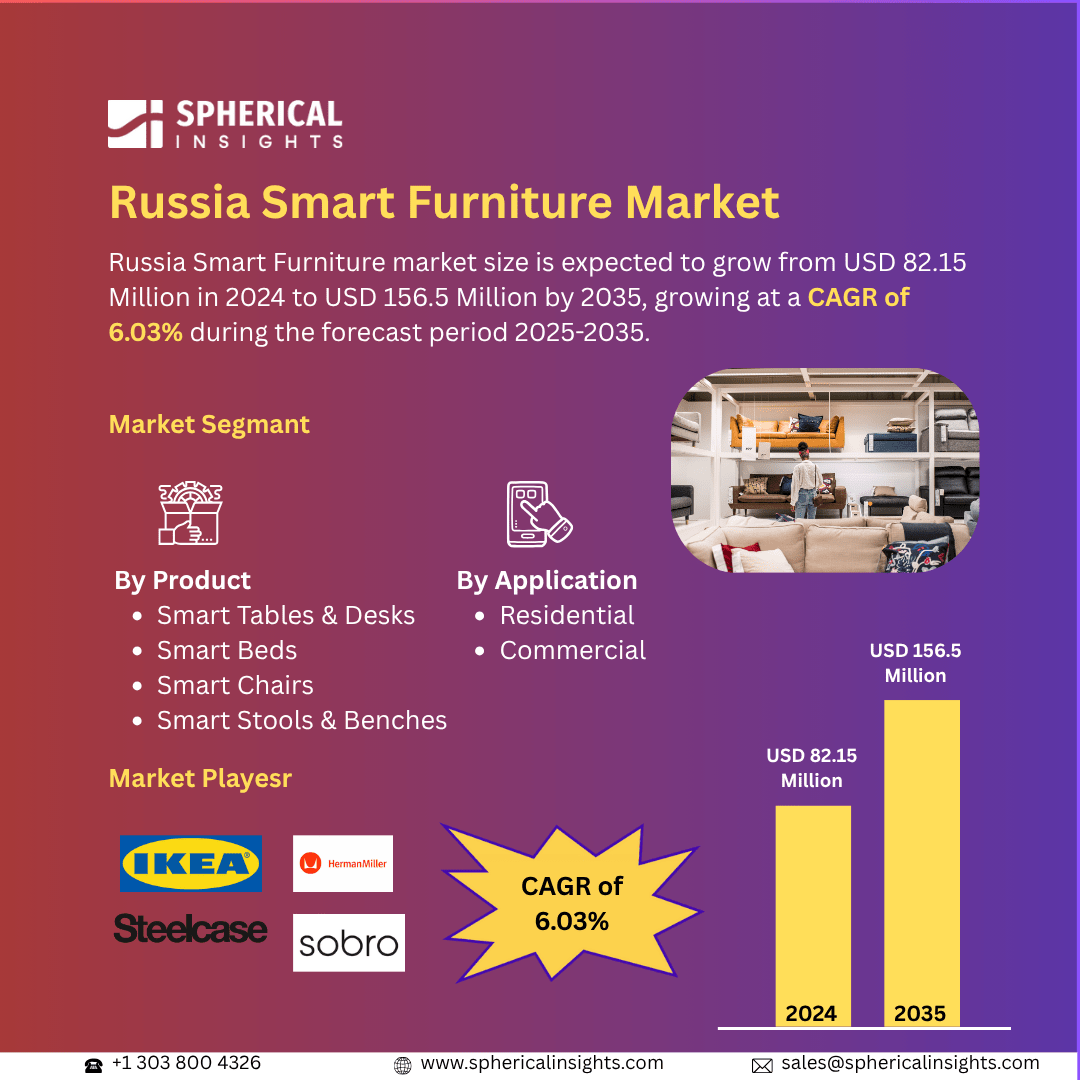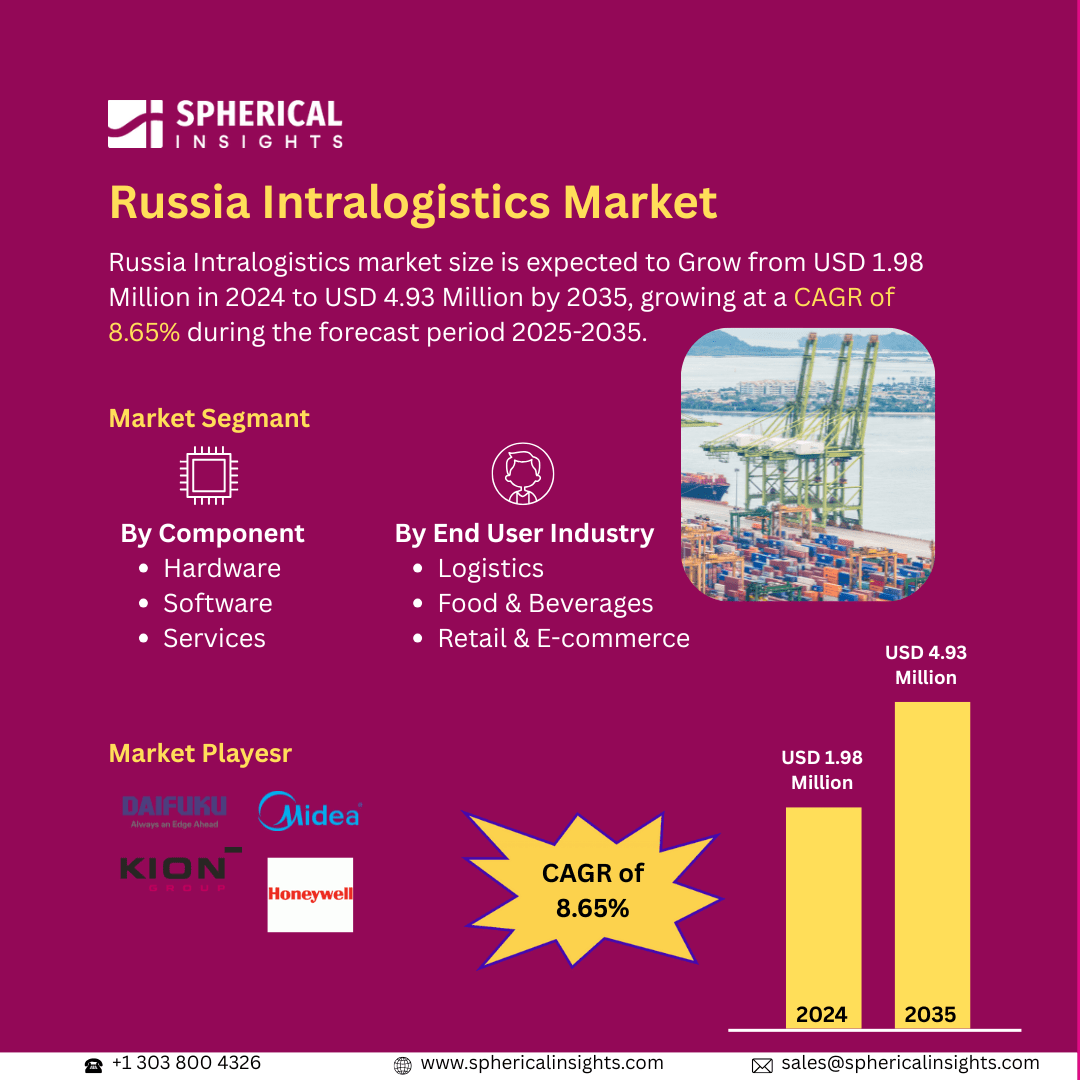Global Airflow and Zone Controls Equipment Market Size to Exceed USD 8.24 Billion by 2033
According to a research report published by Spherical Insights & Consulting, The Global Airflow and Zone Controls Equipment Market Size Expected to Grow from USD 4.84 Billion in 2023 to 8.24 Billion by 2033, at a CAGR 5.46% during the forecast period 2023-2033.
Browse 210 market data Tables and 45 Figures spread through 190 Pages and in-depth TOC on the Global Airflow and Zone Controls Equipment Market Size, Share, and COVID-19 Impact Analysis, By Product (Dampers and Variable Air Volume), By Operation (Manual and Automatic), and By Region (North America, Europe, Asia Pacific, Latin America, Middle East, and Africa), Analysis and Forecast 2023 – 2033
The airflow and zone controls equipment market is the worldwide industry that deals with the design, production, and sale of equipment that controls airflow and temperature in HVAC (Heating, Ventilation, and Air Conditioning) systems. The systems improve energy efficiency, indoor air quality, and thermal comfort by managing airflow in various zones in buildings. Moreover, the airflow and zone controls equipment market is propelled by increasing demand for energy-efficient HVAC systems, smart building technology adoption, and tight environmental regulations. Growing emphasis on indoor air quality, climate control automation, and commercial and industrial infrastructure expansion further drive market expansion globally. However, the airflow and zone controls equipment market is confronted with constraints such as high upfront expenses, intricate installation, integration issues with current HVAC systems, and low awareness in emerging markets, which can impede market growth and uptake.
The dampers segment accounted for the largest share of the global airflow and zone controls equipment market in 2023 and is anticipated to grow at a significant CAGR during the forecast period.
Based on the product, the global airflow and zone controls equipment market is divided into dampers, and variable air volume. Among these, the dampers segment accounted for the largest share of the global airflow and zone controls equipment market in 2023 and is anticipated to grow at a significant CAGR during the forecast period. This is sustained by their critical function of controlling airflow, improving HVAC efficiency, and preserving indoor air quality. Ubiquitously utilized in commercial, residential, and industrial buildings, dampers play a vital role in fire safety, ventilation control, and energy conservation.
The automatic segment accounted for a substantial share of the global airflow and zone controls equipment market in 2023 and is anticipated to grow at a rapid pace during the projected period.
On the basis of the operation, the global airflow and zone controls equipment market is divided into manual, and automatic. Among these, the automatic segment accounted for a substantial share of the global airflow and zone controls equipment market in 2023 and is anticipated to grow at a rapid pace during the projected period. This is led by growing demand for intelligent HVAC systems, energy efficiency, and building automation. Automatic controls improve airflow control, minimize energy consumption, and enhance indoor air quality and are thus vital in commercial, industrial, and residential use.
Asia Pacific is projected to hold the largest share of the global airflow and zone controls equipment market over the projected period.
Asia Pacific is projected to hold the largest share of the global airflow and zone controls equipment market over the projected period. This is driven by the strong adoption of smart HVAC equipment, regulatory standards for energy efficiency, and rising demand for indoor air quality products. Having the presence of prominent manufacturers, well-developed infrastructure, and robust commercial and industrial bases adds fuel to the market growth.
North America is expected to grow at the fastest CAGR of the global airflow and zone controls Equipment market during the projected period. This is driven by stringent energy efficiency standards, increasing uptake of smart building solutions, and enhanced indoor air quality awareness. Increasing investments in industrial infrastructure, green buildings, and HVAC automation also drive market growth throughout the region.
Company Profiling
Major vendors in the global airflow and zone control equipment market are Carrier, Daikin Industries, Ltd., Panasonic Corporation, Trane Technologies, Greenheck Fan Corporation, Broan-NuTone, LLC, Ruskin, Zehnder America, Aldes Group (American Aldes Ventilation Corporation), RenewAire, S&P USA Ventilation Systems, LLC, Zonex Systems, Arzel Zoning, AprilAire., and others.
Key Target Audience
- Market Players
- Investors
- End-users
- Government Authorities
- Consulting and Research Firm
- Venture capitalists
- Value-Added Resellers (VARs)
Recent Development
- In August 2024, Honeywell's Phoenix Controls introduced the Critical Spaces Control Platform, which is intended to improve safety and operational effectiveness in critical spaces. The high-tech platform applies automation for controlling airflow through a dedicated venturi valve to provide maximum ventilation in spaces like hospitals, labs, cleanrooms, and research centers where accurate environmental control is critical.
Market Segment
This study forecasts revenue at global, regional, and country levels from 2023 to 2033. Spherical Insights has segmented the global airflow and zone controls equipment market based on the below-mentioned segments:
Global Airflow and Zone Controls Equipment Market, By Product
- Dampers
- Variable Air Volume
Global Airflow and Zone Controls Equipment Market, By Operation
Global Airflow and Zone Controls Equipment Market, By Regional
- North America
- Europe
- Germany
- UK
- France
- Italy
- Spain
- Russia
- Rest of Europe
- Asia Pacific
- China
- Japan
- India
- South Korea
- Australia
- Rest of Asia Pacific
- South America
- Brazil
- Argentina
- Rest of South America
- Middle East & Africa
- UAE
- Saudi Arabia
- Qatar
- South Africa
- Rest of the Middle East & Africa



